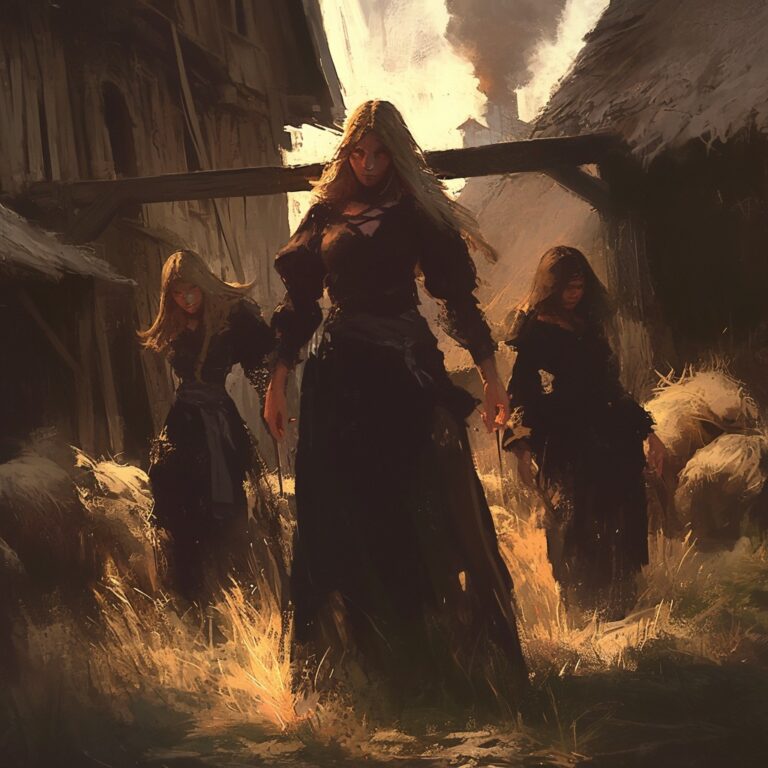The Elements: Foundations of Matter and Spirit in Paganism
The Four Elements of Matter

The ancient Greeks proposed that all matter composed four essential elements: Fire, Air, Water, and Earth. This concept, originating around 450 BC and later popularized by Aristotle, deeply influenced Western thought and remains a fundamental idea in contemporary Pagan practices. In the early 1950s, Gerald Brosseau Gardner, the founder of Wicca, revitalized this ancient theory, embedding it within Wiccan teachings and linking it to witchcraft as part of Wiccan dogma.
Ancient cultures did not view spirituality as “religion” in the modern sense. Instead, their beliefs formed an integral part of daily life, acknowledging an interconnected universe where deities played an active role. For these societies, the four elements symbolized more than physical substances—they were manifestations of the spiritual and material world. By studying these perspectives, we can gain insights into their holistic approach to life and spirituality.
The Elements in Spiritual Practice

The concept of elements is widespread across spiritual traditions, appearing in different forms across cultures and even in Abrahamic faiths through rituals like baptism and anointing. While the reverence for these elements may differ, the shared significance is evident.
In Eclectic Paganism, five elements are now recognized: Earth, Fire, Water, Air, and Spirit. Spirit, added to the traditional four, represents the self and one’s connection to the divine, symbolizing the spiritual essence that transcends the physical world. For many Eclectic Pagans, acknowledging Spirit as the fifth element aligns with the journey of self-discovery and connection to a higher consciousness.
Practical Applications of the Elements
In your Pagan practice, you can engage with each element in unique and tangible ways:

- Earth: Symbolizes grounding, stability, and nourishment. Incorporate Earth in rituals for protection, growth, and fertility.
- Fire: Represents transformation, energy, and passion. Use Fire in spells for purification, motivation, and strength.
- Water: Associated with healing, intuition, and emotional balance. Water aids in cleansing rituals and psychic work.
- Air: Symbolizes intellect, communication, and freedom. Air is ideal for rituals of clarity, knowledge, and change.
- Spirit: Represents the self and connection to the divine, serving as the guiding element that infuses all other elements with intention and personal power.
Philosophical Perspective on the Elements

Paganism often emphasizes Animism, the belief that all things possess spirit, and Omnism, which respects all spiritual paths. This perspective encourages Pagans to engage with the elements as sentient forces, fostering a tangible relationship with each one.
The influence of Gerald Gardner and Wicca is significant in contemporary Eclectic Neo-Paganism, but as you explore the elements, remember to interpret these concepts personally, avoiding rigid adherence to dogma. Embracing this mindset allows for a more profound connection to the elements as you experience them directly, rather than through a pre-defined lens.
The Elements and Symbols of Connectivity
A central theme in Paganism is interconnectedness. The circle, a symbol of life’s unending cycle, represents the unity of all things. The Wheel of the Year and the pentacle—depicting the five elements—are symbolic of this connection, underscoring the holistic nature of Pagan spirituality.
As you explore the elements in your practice, you participate in a timeless tradition of unity with nature and self, honoring an ancient system that connects the physical, spiritual, and metaphysical aspects of existence.




